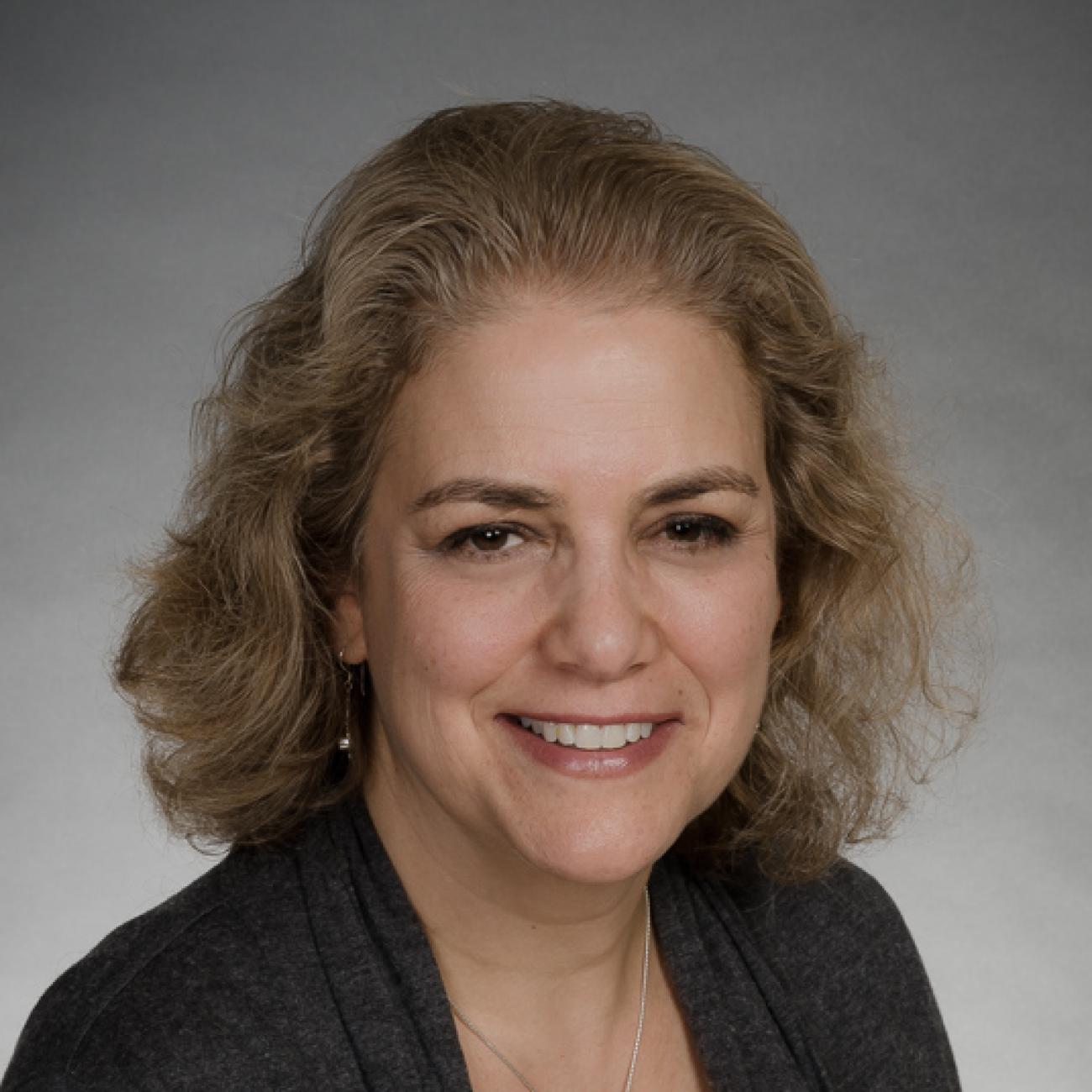Research in the Goldberg group is focused on the development of new catalytic systems to efficiently produce chemicals and fuels from a range of available feedstocks. We are interested in transforming both highly saturated feedstocks, such as natural gas and alkanes, as well as highly oxygenated materials like CO2 and those found in biomass. Using catalysis, we seek to develop new environmentally responsible and economically viable methods to convert these feedstocks to more valuable organic products.
The Goldberg team primarily works with homogeneous catalysts and aims to improve the catalytic systems through thoroughly understanding the mechanisms by which the catalysts operate. Typically, the individual reaction steps in catalytic cycles are somewhat general and are termed “fundamental reactions in organometallic chemistry.” These could include, for example, oxidative addition, reductive elimination, migratory insertion and beta-hydride elimination. The Goldberg group focuses on developing detailed mechanistic understanding of these fundamental reactions with the goal of creating and optimizing catalysts. We are particularly interested in understanding how oxygen reacts with organometallic compounds. Oxygen is a readily available and environmentally benign oxidant that could achieve wider use if it’s reactivity with organometallic species was better understood.
Ph.D. students working on projects in the Goldberg group are trained in synthesis, characterization, and mechanistic analysis using a variety of experimental, spectroscopic and analytical methods. These include the manipulation of air-sensitive compounds by Schlenk and vacuum line techniques, high field multinuclear NMR, IR, and UV-visible spectroscopy, gas chromatography, mass spectrometry, and X-ray crystallography.
Biography
Karen Goldberg received her A.B. degree from Barnard College of Columbia University in New York City. As an undergraduate, she pursued research projects with Professor Roald Hoffmann at Cornell University, Professor Stephen Lippard at Columbia University, and Drs. Tom Graedel and Steven Bertz at AT&T Laboratories. She then went on to the University of California at Berkeley where she earned her Ph.D. in Chemistry working with Professor Robert Bergman. Following a postdoctoral year with Professor Bruce Bursten at The Ohio State University, she joined the faculty at Illinois State University, a primarily undergraduate institution in Normal, IL. In 1995, she moved to the University of Washington (UW) as Assistant Professor of Chemistry. She was awarded tenure at UW and rose through the ranks to full Professor. In 2007 she became the first Raymon E. and Rosellen M. Lawton Distinguished Scholar in Chemistry, and in 2010 she became the first Nicole A. Boand Endowed Professor of Chemistry. She served as Director of the first National Science Foundation-funded Phase II Center for Chemical Innovation (CCI), the Center for Enabling New Technologies through Catalysis (CENTC) from 2007-17. In 2017, she moved to the University of Pennsylvania as a Vagelos Professor of Energy Research and is the inaugural Director of the Vagelos Institute of Energy Science and Technology (VIEST).
A.B.: Barnard College of Columbia University
Ph.D.: University of California at Berkeley
Postdoctoral Fellow: The Ohio State University
Goldberg, J. M.; Goldberg, K. I.; Heinekey, D. M.; Burgess, S. A.; Lau, D. B.; Linehan, J. C. “Detection of Detection of an Iridium-Dihydrogen Complex: A Proposed Intermediate in Ionic Hydrogenation” J. Am. Chem. Soc. 2017, 139, 12638-12646.
Stevens, T. E.; Smoll, K. A.; Goldberg, K. I. “Direct Formation of Carbon(sp3)-heteroatom Bonds from RhIII to Produce Methyl Iodide, Thioethers and Alkyl amines” J. Am. Chem. Soc. 2017, 139, 7725-7728.
Gao, Y.; Guan, C.; Zhou, M.; Kumar, A.; Emge, T.; Wright, A. M.; Goldberg, K. I.; Krogh-Jespersen, K; Goldman, A. S. “b-Hydride Elimination and C-H Activation by an Iridium Acetate Complex, Catalyzed by Lewis Acids. Alkane Dehydrogenation Co‑Catalyzed by Lewis Acids and (Phebox)Ir” J. Am. Chem. Soc. 2017, 139, 6338-6350.
Smoll, K. A.; Kaminsky, W.; Goldberg, K. I. “Photolysis of Pincer-Ligated PdII–Me Complexes in the Presence of Molecular Oxygen” Organometallics 2017, 36, 1213-1216
Goldberg, K. I.; Goldman, A. S. “Large-Scale Alkane Functionalization” Acc. Chem. Res. 2017, 50, 620-626.
Goldberg, J.M.; Cherry, S. D.T.; Guard, L.M.; Kaminsky, W; Goldberg, K. I.; Heinekey, D.M. “Hydrogen Addition to (pincer)IrI(CO) Complexes: The Importance of Steric and Electronic Factors” Organometallics 2016, 35, 3546-3556.
Brewster, T.P.; Goldberg, J.M.; Tran, J.C.; Heinekey, D.M.; Goldberg, K. I. “High Catalytic Efficiency Combined with High Selectivity for the Aldehyde-Water Shift using (para-cymene)Ruthenium Precatalysts” ACS Catalysis 2016, 6, 6302-6305.
Brewster, T.P.; Rezayee, N.M.; Culakova, Z.; Sanford, M.S.; Goldberg, K.I. “Base-Free Iridium-Catalyzed Hydrogenation of Esters and Lactones” ACS Catal. 2016, 6, 3113-3117.

